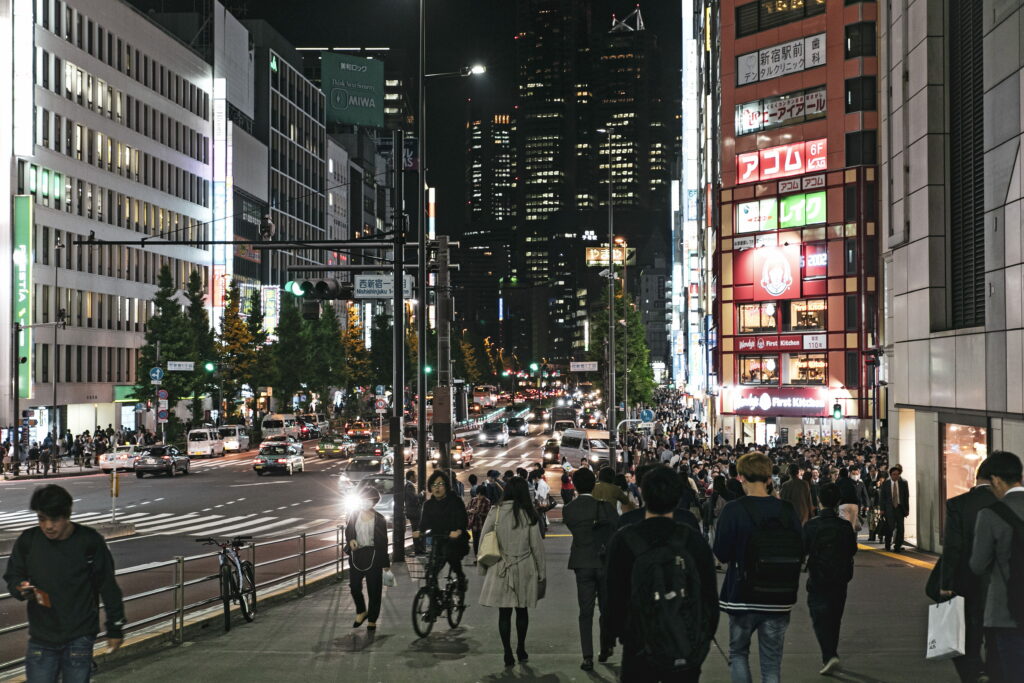HOW JAPAN IS REBUILDING ITS MICE SECTOR AMID TOURISM RECOVERY
Industry experts have noted how Japan’s MICE (meetings, incentives, conferences and exhibitions) sector is on the way to long-term recovery.
The intersection between the inbound tourism and MICE sectors is well-documented, especially in Japan. The Asia Pacific International Events Management Journal has explained that the success of MICE is dependent on “strong collaboration with the travel, hospitality and leisure sectors that provide products and services for the industry”. Furthermore, the World Tourism Organisation (UNWTO) has noted that business events ideally should run hand-in-hand with tourism programmes.
According to the International Congress and Convention Association, visitors who go to countries for business are worth more to the host than the average inbound tourist. Comparing the figures, the average spend per business visitor was ¥336,760 (around €2,425) in 2019. This was reportedly 163.8% higher than the average inbound tourist. Additionally, it was found that international business events in Japan generated ¥1.59 trillion (approx. €11.5 billion), in a study by the Japan Tourism Agency.
Japan enjoyed MICE record highs before pandemic
Before the pandemic, Japan was enjoying record highs in the MICE sector. The country hosted a range of high-profile events that year, including the G20 Summit, as well as the 2019 Rugby World Cup. For the latter, a reported 60,000 corporate hospitality packages were sold, including 30% from overseas visitors, according to data provided by Sports Travel & Hospitality Japan.
With the Tokyo 2020 Olympic and Paralympic games due to take place, there was high optimism for Japan as a destination for conventions and events. Statista reports that 3,620 international conferences were held in the country in 2019, with approximately two million visitors taking part. From January to February, the country saw 222 MICE events, before the widespread arrival of the coronavirus pandemic.
In April 2022, the International Association of Conference Centres conducted a study which found that in 2022, nations such as Denmark are expected to reach their revenue for business events from 2019. For countries like Australia and the United Kingdom, this is predicted to happen in 2023.

How Japan will recover its MICE revenue
However, for Japan to join in recovering business event revenue, there is a lot of operational work that must be done. Pacifico Yokohama is one of the leading MICE venues in Japan. Satoko Kusumoto, a spokesperson for the venue, said that it is aiming to attract international conferences in the coming years. Seemingly, hybrid events are how the country is navigating ongoing barriers to in-person conferences, such as on-arrival coronavirus testing and quarantine.
Brella, a company that centres on providing event technology, noted that hybrid events have positives that in-person conferences lack, such as increased return on investment, as well as potentially increased attendance. Such sentiments are backed up by Eventsforce, an event technology provider which has said hybrid events offer sustainable benefits such as smaller environmental footprint.
The notion is concurred by the British Chamber of Commerce in Japan. Sam Maddicott, head of marketing, media and communications at the chamber, said: “While the social aspect of in-person events never really got replaced, allowing online participation noticeably boosted inclusivity by allowing guests in remote areas or with homebound commitments to be actively involved and have their voices heard.”
For now, hybrid events dominate Japan’s MICE events. The country was ranked number one on the World Economic Forum’s Travel & Tourism Development Index 2021, so though a return to in-person conferences may take longer than countries such as the UK and Australia, there is plenty of reason to be optimistic about the sector in Japan.
